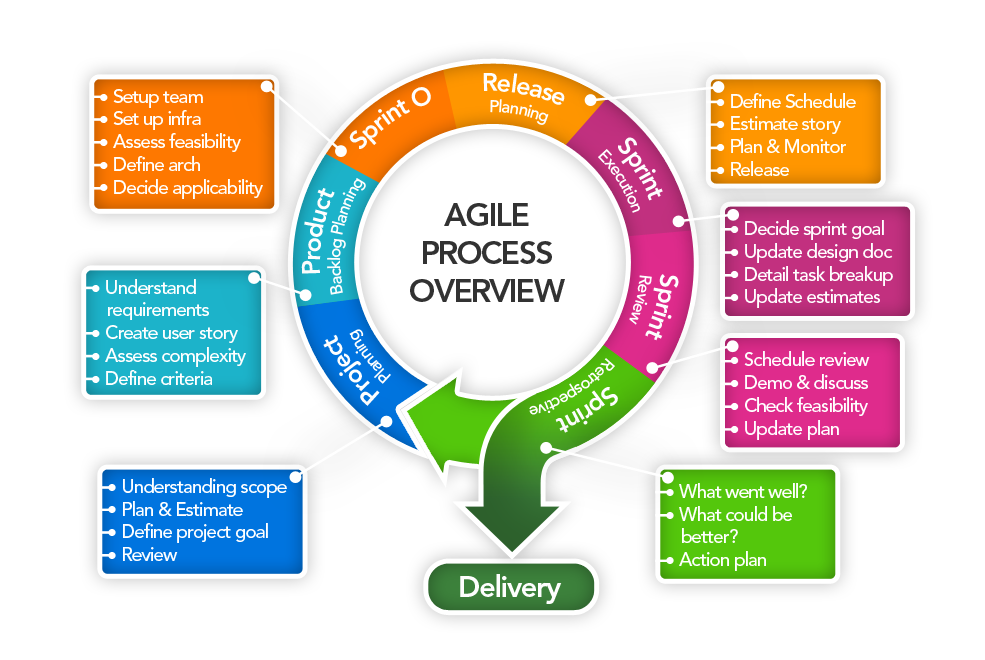Introduction to Agile Web Development Practices
Agile web development has become increasingly popular in recent years as businesses strive to keep up with the fast-paced nature of the digital world. By adopting agile practices, development teams are able to deliver high-quality web applications faster and more efficiently than ever before. In this article, we will explore the key principles of agile web development and how they can be implemented to drive success in your projects.
What is Agile Web Development?
Agile web development is a set of principles and practices that prioritize collaboration, flexibility, and continuous improvement in the development of web applications. Unlike traditional software development methodologies, agile development focuses on breaking down projects into smaller, manageable tasks that can be completed in short, iterative cycles known as sprints.
At the heart of agile web development is the idea of responding quickly to change and delivering value to customers on a regular basis. This approach allows development teams to adapt to shifting priorities, gather feedback from users, and make necessary adjustments throughout the development process.
The Agile Manifesto
The principles of agile web development are outlined in the Agile Manifesto, which emphasizes four key values:
Individuals and interactions over processes and tools
Working software over comprehensive documentation
Customer collaboration over contract negotiation
Responding to change over following a plan
By prioritizing the values on the left over those on the right, development teams can create a more flexible and customer-focused approach to web development.
Key Principles of Agile Web Development
There are several key principles that guide agile web development practices, including:
Iterative Development
Agile development breaks projects down into smaller, more manageable iterations that can be completed in short periods of time. By focusing on delivering value in each iteration, development teams can quickly respond to feedback and make necessary adjustments to the project.
Collaboration
Agile web development emphasizes collaboration between team members, stakeholders, and customers. By working closely together, teams can ensure that everyone is aligned on project goals, priorities, and expectations.
Continuous Improvement
Agile development encourages teams to continuously improve their processes and practices. By regularly reflecting on their work and seeking feedback from customers, teams can identify areas for improvement and make necessary adjustments to drive success in their projects.
Implementing Agile Web Development Practices
There are several key practices that can help teams implement agile web development in their projects, including:
Scrum
Scrum is a popular agile framework that helps development teams organize their work into sprints, daily stand-up meetings, and regular retrospectives. By following the Scrum framework, teams can ensure that they are delivering value to customers on a regular basis and continuously improving their processes.
Kanban
Kanban is another agile framework that helps teams visualize their work, limit work in progress, and optimize their flow of work. By using a Kanban board to track tasks and progress, teams can identify bottlenecks and make necessary adjustments to keep projects moving forward.
Conclusion
Agile web development practices have revolutionized the way that development teams approach building web applications. By focusing on collaboration, flexibility, and continuous improvement, teams can deliver high-quality software faster and more efficiently than ever before. Whether you are new to agile development or looking to improve your existing practices, implementing agile principles can help drive success in your projects and ensure that you are delivering value to your customers on a regular basis.


